Translation by Sott editorsThere are certainly many hundreds, probably thousands, of collared dove who are dying at this moment in Faenza. They are in heaps in the flower beds, crushed by machinery in the streets, horribly hung from trees like Christmas balls. And many, many more, as told by the well-informed, are found in industrial-fenced zones.
The WWF has collected more of these birds, not all already dead. A dozen, in fact, have been sent to the Center of Recovery 'Il Pettirosso' in Modena, where those arriving are still alive but died shortly after. Overall, a mystery. Inside the beak, in some animals,
the staining was of a strange blue.
What could have caused it? Both the doves collected by the Forestry and those sent by the WWF to the Center of Modena, have been delivered to the 'Istituto Zooprofilattico' of Emilia Romagna and Lombardy. Nobody, however, likes to deliver an opinion on this issue and for the analysis may take a week. Is it possible that the Collared doves... have been dying of stomachache? So someone would have argued (see
article,
GeaPress). In general, blue is a sign of hypoxia, caused for example by suffocation. The bluish tint, however, is also typical of potassium cyanide, a deadly poison used, for example, from poachers. Cyanide, however, also causes hypoxia, .... maybe a dove with an upset stomach would die suffocated. Another poison appears bluish in some types of rat poison grains. However, believing that the doves have died choking could be a faulty guess. And why only them? On the site there are only doves, but the pigeons in other places are likely to eat the same seed mesh that certain industries stack up around Faenza? So why they do not die from choking too?
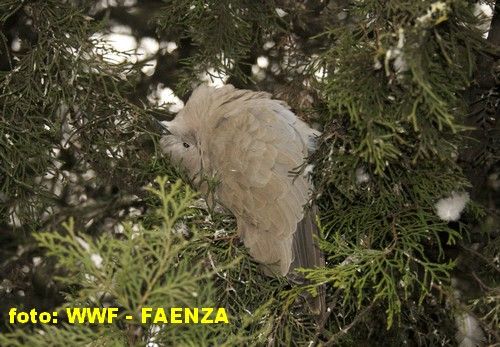
© WWF Faenza
Yesterday, the Forest Service is back in place to continue the investigation and take further samples on products stored near the areas where the die-off occurred.
A burst is coming out of Faenza's WWF quarters and from its President Georgio Tramonti, pointing the finger at the faulty Public and Regional security measures, very poor indeed. According to Mr. Tramonti, in those places is not the first time that these die-offs like this one have been recorded. The collared dove is practically the only species that promptly dies just by going there.
"Never before - says Tramonti - the one that occurred in these days is a plague that cannot be considered "normal." It's time to clarify these indigestion ... We also call on citizens to immediately counter to the WWF headquarters in Faenza any infringement on the environment and animals. "
Of course the doves gathered in there in great numbers, according to the photographs taken by the Forest Dep. and shown in the previous
GeaPress article, a sign of the wide availability of food and the possible nuisance caused by their droppings. To be sure, if in those factories seeds or animal parts for human consumption are produced, it should be prevented close contact with animals. Who knows. Meanwhile, the doves die.
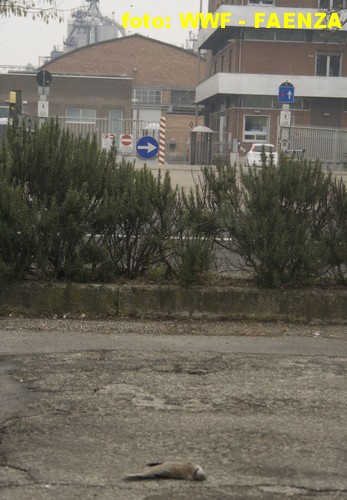
© WWF Faenza
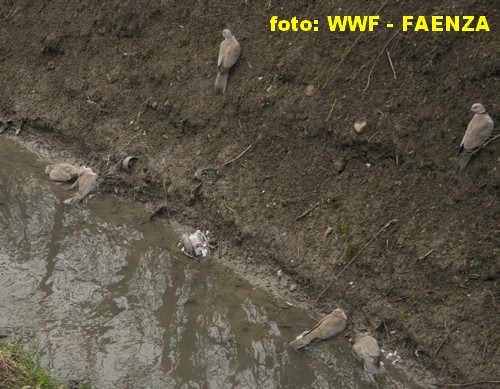
© WWF Faenza
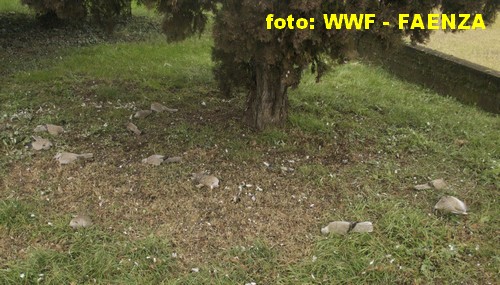
© WWF Faenza
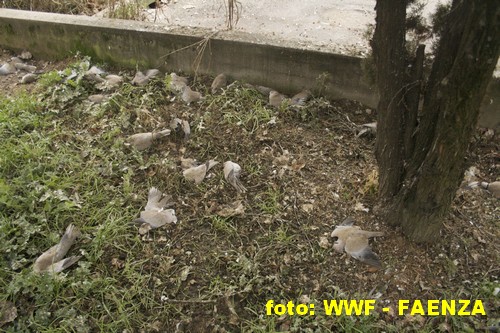
© WWF Faenza
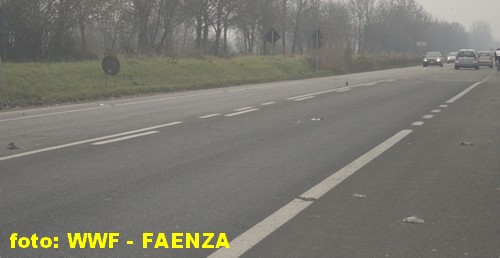
© WWF Faenza
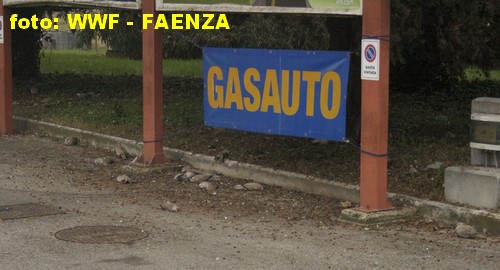
© WWF Faenza
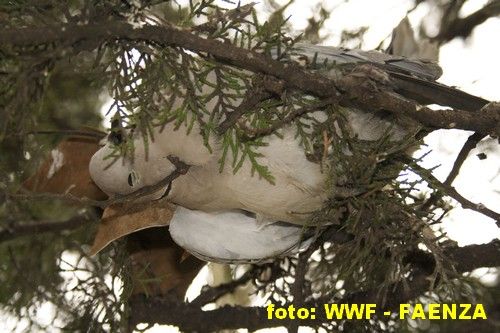







Reader Comments
to our Newsletter